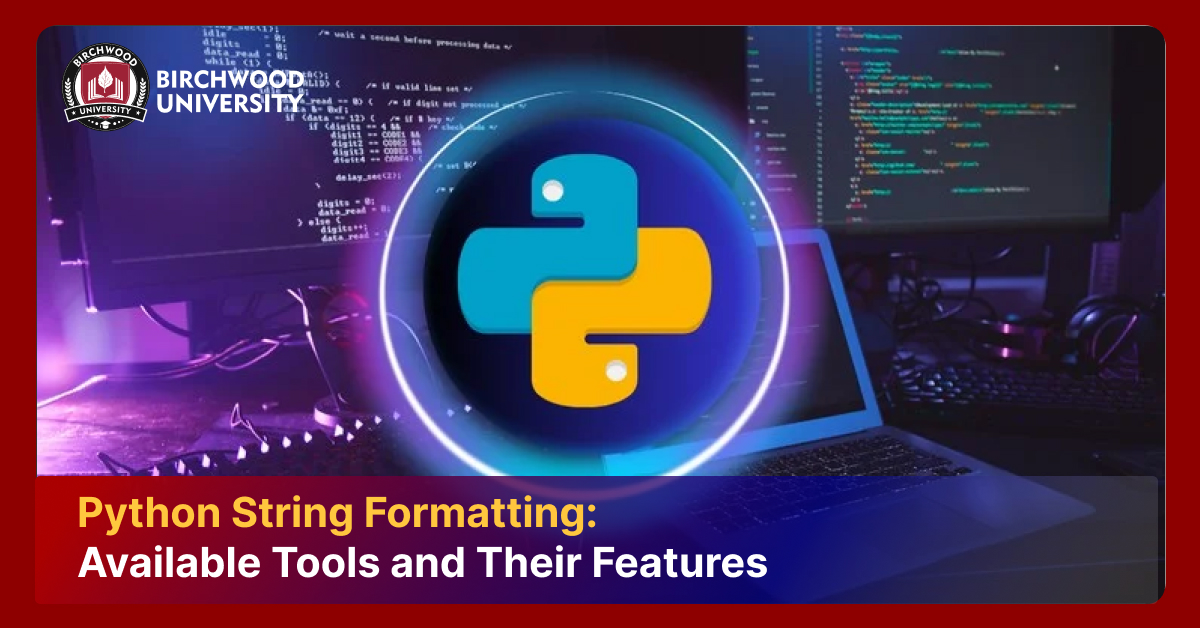What is Cyber Security Threat Modeling, and How does it Work?
Jul 2, 2024The growing incidents of hacking, security breaches, etc has made it indispensable for security professionals to ramp up their arsenal for securing the technological ecosystem. They are required to proactively identify and mitigate risks to ensure advanced and structured measure of safety. Cybersecurity threat modeling has become a keystone in today's modern threat landscape that enables effective cyber resilience. It is no longer an option but a mandatory precautionary step for every organization. Offering standardized methods of assessing new additions to your technological ecosystems and fortifying the existing architecture, threat modeling in cyber security is essential for organizations. Today, in this blog, let us throw light on the significance of cybersecurity threat modeling, by exploring what is threat modeling in cybersecurity, its process, and threat modeling methodologies.
What is Threat Modeling in Cyber Security?
Cybersecurity threat modeling is the process of securing systems and data by employing hypothetical scenarios, testing and system diagrams. It involves the process of identifying vulnerabilities and communicating it to develop a countermeasure and prevent or mitigate the impact to the system or network. Threat modeling in Cyber security is critical as it renders resilience and build trust in business systems.
Why is Cybersecurity threat Modeling important?
With businesses and organizations becoming heavily reliant on digital and cloud systems, there are higher rates of risks and vulnerabilities. The threat landscape has also widened substantially with the swelling adoption of the Internet of Things (IoT) devices and mobile. No enterprise, whether big or small, is immune to attacks. Small organizations are equally at risk as they become easy targets with their deficient structure of cyber security measures.
Cybersecurity threat modeling is essential as it provides a deeper understanding of the network architecture and security through its graphical representation of the IT professionals in the organization. Threat modeling renders better team collaboration and instill deeper consciousness to effecting competent security measures. Organizations may make more informed use of their resources and facilitate risk prioritization. Cybersecurity threat modeling is essential today as the threat landscape amplifies at a staggering rate, be it in terms of threat sophistication or numbers of incidences.
Architect behind threat modeling process
There are various procedures for threat modeling based on the system that is examined. The thread modeling process involves a series of interdependent steps that may be executed individually. However, processing them together provides a comprehensive view about the threat situation. The steps involved in threat modeling process includes:
- Outlining assets: This step involves the identification of the enterprise's assets that an attacker might have interest in. This includes- intellectual property or an account data.
- Illustrative representation of the System: This involves illustrating the possible attack origin and paths in a graphic representation or an attack tree
- Analyses threats: Here threat modeling methods are used for assessing specific threat types, identifying inherent threats, mapping out the flow of data and quantifying risk
- Executing strategic risk mitigation and prioritizing measures: This step entails identifying and prioritizing potential threats by producing threat scores and data for risk calculation.
- Solution for Fixing: Taking actions to resolve the issue, for instance MFA, Encryption, changing firewall, etc.
In simple terms, threat modeling is a process where enterprises assess their organization digital ecosystem-network and digital assets, identify weak spots and discovering existing threats and bringing up solutions to resolve the issue.
Threat Modeling Methodologies
To combat cybercrime in its various forms, there are several threat modeling methodologies that are in use.
STRIDE
STRIDE is an acronym of Spoofing, Tampering, Repudiation, Information disclosure, Denial of service, elevation of privilege. It's the brainchild of Microsoft and is the most widely used threat modeling methodologies and oldest threat modeling framework.
PASTA
Meaning Process for attack simulation and threat analysis, this framework is designed to amplify threat modelling up to a strategic level. It involves seven-steps through which enterprises can assess their systems from attacker's point of view. The approach is then blended with a comprehensive risk management and business impact analysis to attain better understanding of threat actors and to ensure alignment of threat modeling with business objectives.
DREAD
Acronym for Damage potential, Reproducibility, Exploitability, Affected Users and Discoverability, this method assess and ranks security threats in these five areas. It assesses the amount of damage that may occur from a potential threat, identify the ease of replicating an attack, assess how a criminal can launch an attack easily, details the number of affected users, and lastly checking the ease of locating the threat.
TRIKE
Trike is an open-source framework that was originally designed for performing security audits. It is a model consisting of assets, actions, actors and rules. The model when supplied with parameters and data provides an analysis based on scores of risks and probabilities.
VAST
It refers to Visual, Agile, and Simple Threat modelling. This framework comprises methods and processes easily scalable and adaptable to any segment or scope of an organization. It has the potential of assessing threats from attacker-centric as well application-centric point of views. VAST offers actionable results that are applicable for comparing and measuring of risks across various vertices in the organization.
LINDDUN
This framework emphasizes on privacy threats and check threats on the following areas: Likability, Identifiability, Non-Repudiation, Detectability, Disclosure of Information, Unawareness and Non-Compliance.
Attack Trees
It refers to the graphical representation of the potential threats and vulnerabilities of the system. In the attack tree, the trunk is referred to as the asset, and the branches and roots are entry points and threats respectively.
OCTAVE
It means Operationally Critical Threat Asset Vulnerability Evaluation. This method stresses on organizational and operational threats and targets to mitigate irrelevant documentation, to better define assets, and to efficiently integrate cybersecurity threat models in the organization entire security strategy. This is one of the best Threat Modeling methodologies that helps organization attain better risk awareness. The method typically requires three stages-Developing specific assets-based threat profiles, discovering vulnerabilities and developing security plans and strategies.
Those are the various threat modeling methodologies that are employed across organizations to assess security threats. Cybersecurity threat modeling in inherently crucial for securing safe technological ecosystem, as it provides an advanced layer of security defense. There are several threats and vulnerabilities capable of escaping security measures. This can only be addressed by the execution of threat modeling process with its high-level and systematic threat mitigation.






